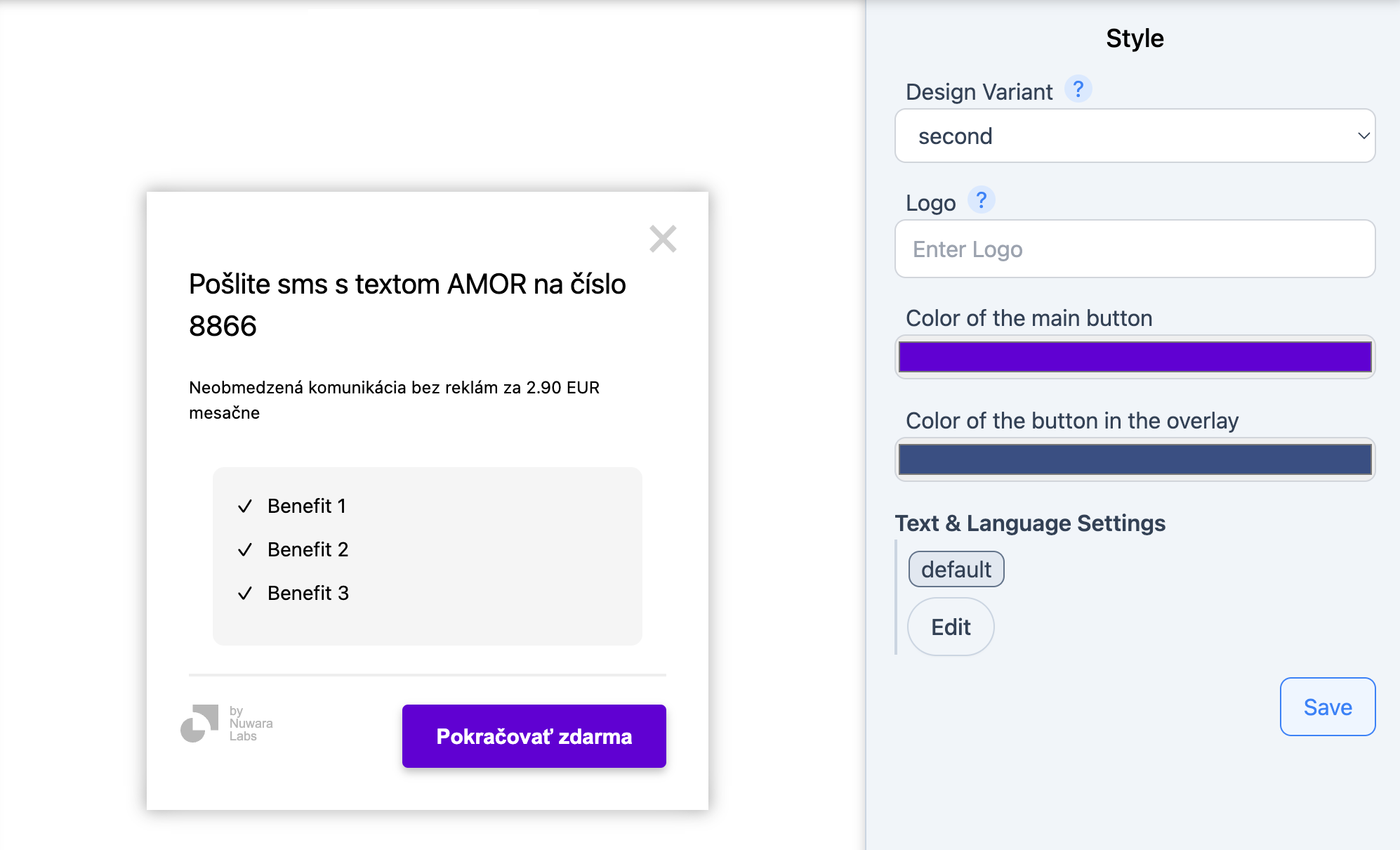As we move through 2025, more web publishers are starting to take a serious look at AdSense Offerwall, a feature that began gaining traction in late 2024. With a shift in how monetization and user engagement intersect, Offerwall presents a new way to serve rewarded ads, but is it truly different from the interstitials, paywalls, and custom ad formats that have tried and failed before?
Let’s break down what the AdSense Offerwall is, how it works, its pros and cons, and whether it’s a viable option for your site.
What Is AdSense Offerwall?
The AdSense Offerwall is a monetization feature that introduces rewarded video ads triggered by user activity, usually after a fixed number of pageviews. Instead of displaying intrusive banners or disruptive interstitials, it requires the user to watch a short ad to continue browsing, unlocking access to further content.
Set up is done via the Privacy & Messaging section in either your Google AdSense or Google Ad Manager account.

How Does It Work?
The Offerwall functions as a soft barrier to content. After a set number of pageviews or interactions, users encounter a screen prompting them to watch a rewarded ad ranging from 6 to 30 seconds to proceed.
Key characteristics:
- Ad duration: 6s, 12s, 15s, or 30s
- Autoplayed video ads with sound to ensure better engagement
- High eCPM rates due to strong advertiser demand for rewarded formats
- Optional call-to-actions for users to sign up for newsletters or make micropayments (in select GEOs)
This format aims to balance monetization with user intent, allowing engagement without severely impacting the browsing experience.
Pros of AdSense Offerwall
- Higher eCPMs compared to standard banner or display ads
- Reward-based model gives users a sense of exchange rather than interruption
- No need for complex custom ad code—native integration through AdSense
- Supports non-ad alternatives like newsletter opt-ins or microtransactions
Cons and Limitations
- User experience disruption: Triggering blocks the entire page rather than a specific section or interaction
- Lack of flexibility in customizing when and where the Offerwall appears
- Limited targeting: Currently cannot be tied to specific buttons or content modules
- Barrier to casual users: Some may bounce when faced with the ad-wall prompt
While the Offerwall experience is more structured than pop-ups or interstitials, its current implementation may still feel abrupt. However, there’s a good chance Google will iterate on this with more control options in the future.

Alternatives: View Lockers by Nuwara Labs
For those seeking more flexibility, Nuwara Labs has developed a more customizable platform for Web Rewarded Adscalled View Lockers. These allow you to:
- Tie ad triggers to specific buttons or content blocks
- Customize the UX flow for better control over user disruption
- Mix in non-video incentives, like subscriptions or social actions

You can apply for access via Nuwara Labs' website or by reaching out to their account management team directly.
Use Cases Where Offerwall Shines
- High-engagement websites with deep user sessions (e.g., forums, news sites, tools)
- Niche communities where content is perceived as valuable and worth unlocking
- Ad-light publishers seeking a balance between monetization and minimal display clutter
- Geographies with high rewarded ad demand, where eCPMs are strongest
Final Thoughts
AdSense Offerwall marks a significant evolution in web monetization. It borrows from the successful playbook of mobile rewarded ads and applies it to the web—where user intent and patience are harder to retain.
If you're looking for a lightweight, high-eCPM monetization method with minimal setup, Offerwall is worth testing. Just be aware of the UX trade-offs and monitor bounce rates carefully.
As the format matures, expect more nuanced targeting options to make it even more viable for broader site types.
We've learned a lot about Rewarded Ads over the past few years, don’t hesitate to ask if you’re curious or need help!


